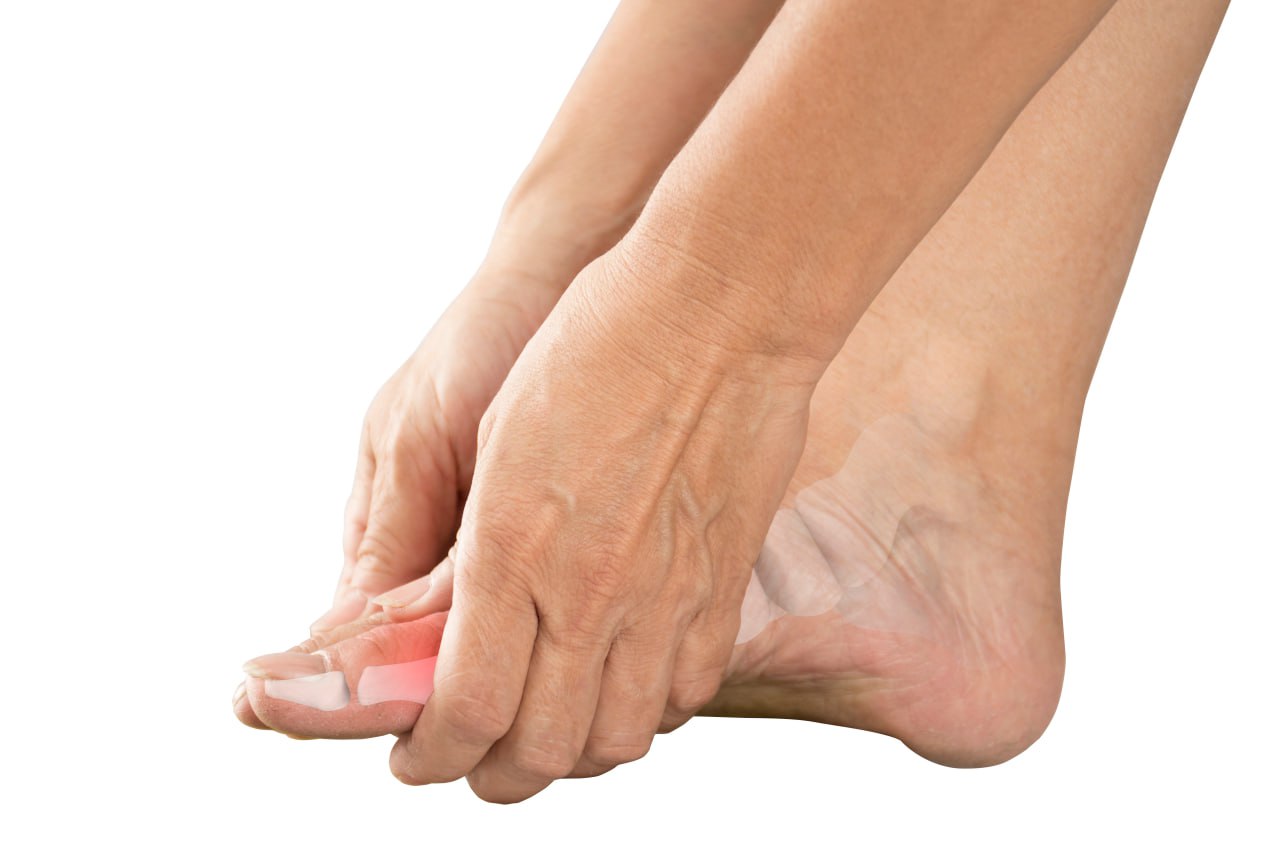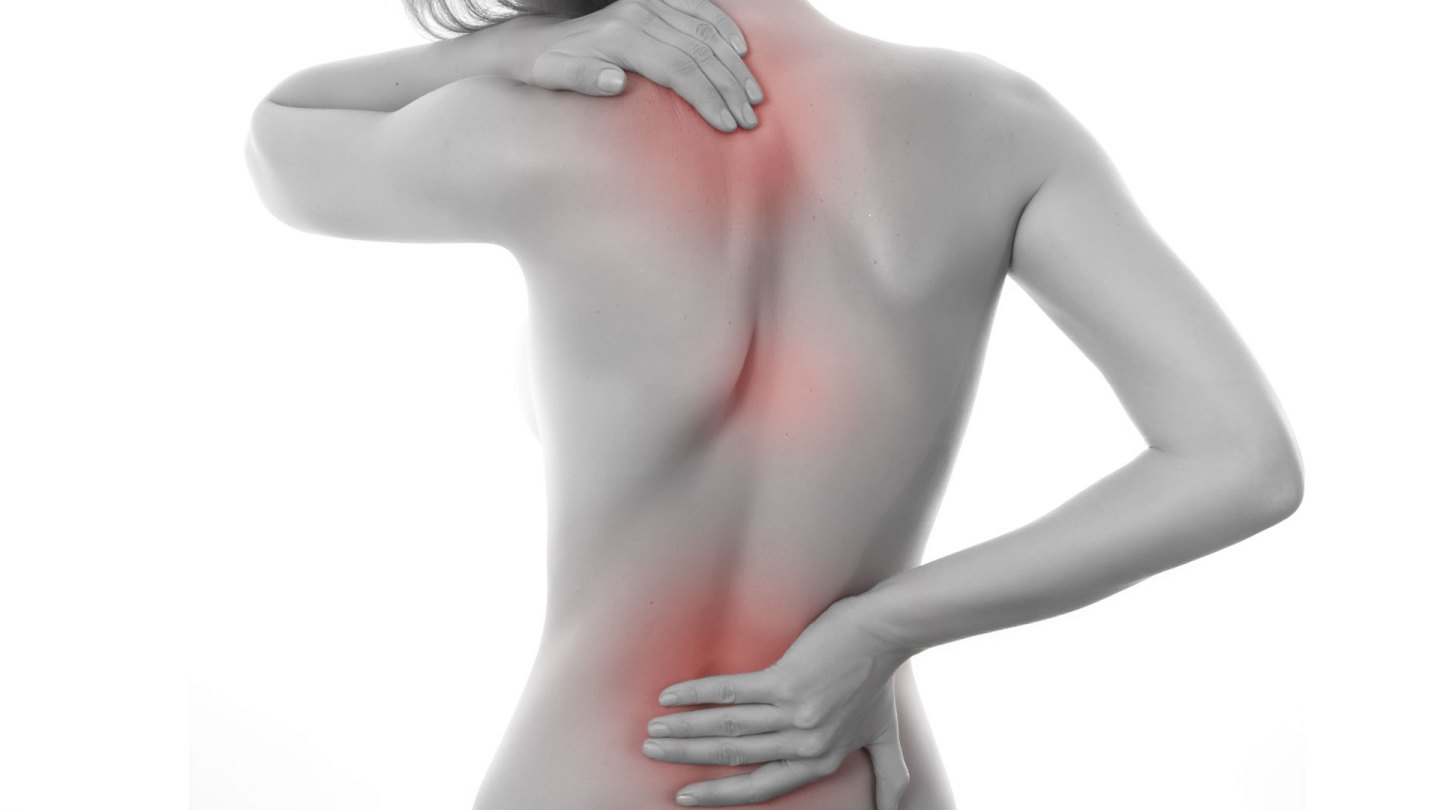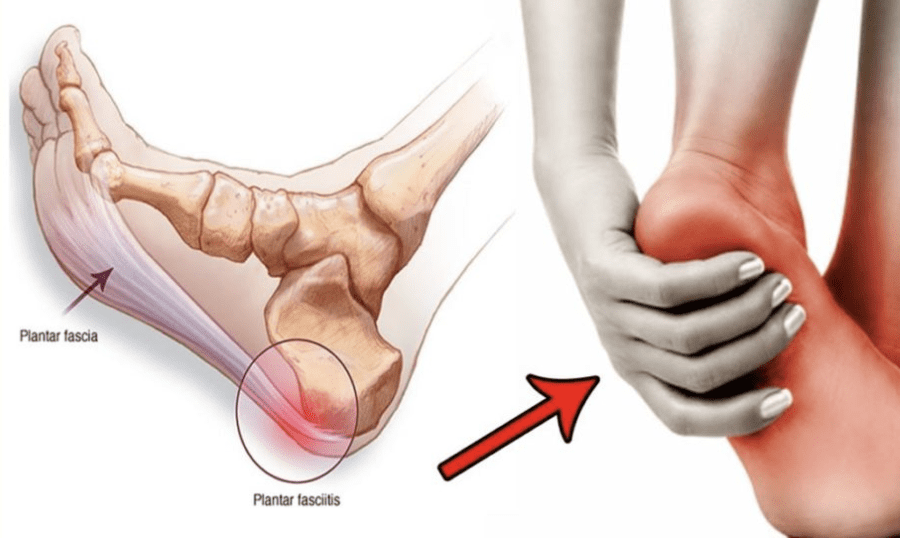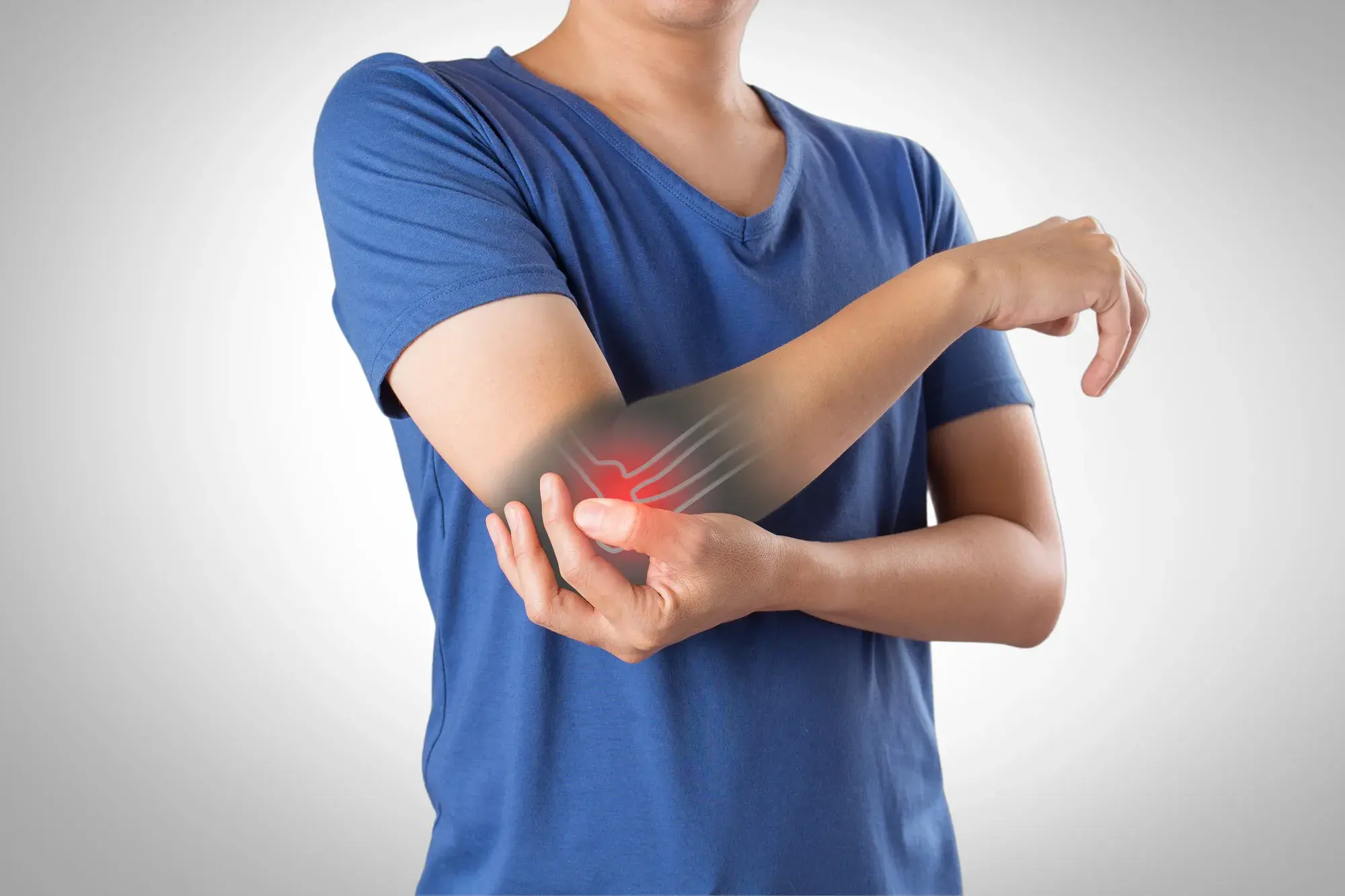Tendons are the fibrous bands of connective tissue that link our muscles to our bones. They are really important structures for the body’s overall mobility and optimal range of limb movement.
When you are suffering tendon pain and inflammation, it not only causes discomfort but can directly impair normal mobility. The level of impact will vary based on the affected tendon but activities such as running, walking, lifting objects, or using fine motor skills can become challenging due to the transmission of painful signals. This can then seriously interfere with your daily routine and quality of life.
On this page, we’ll explore the various factors contributing to tendon pain, ranging from overuse to underlying medical conditions. We’ll also go over its common symptoms and the warning signs that suggest when it’s time to seek medical attention.
Additionally, we’ll discuss the conventional treatments often recommended for tendon pain, alongside introducing the innovative Neurofunctional Pain Management protocol. Our specialized approach aims to address tendon pain, assisting individuals in restoring mobility and achieving enduring comfort, all without relying on medications or surgery.
So, if you or a loved one is dealing with tendon pain, this article aims to provide valuable insights that help you better understand and overcome its challenges. Our goal is to inspire you to seek out treatments that provide lasting relief, improve your mobility, and prioritize your overall health and well-being. Let’s start by understanding why tendon pain occurs in the first place.
Why Does Tendon Pain Occur?
Tendon pain occurs as a direct result of tendon tissue becoming inflamed, irritated, strained, or damaged. The medical term for this general pain is “tendinopathy,” and it usually stems from one or a combination of the following factors:
- Overuse: Engaging in repetitive activities or suddenly increasing your activity levels can strain tendons, leading to pain.
- Injury: Trauma or accidents can damage tendons, causing inflammation and discomfort.
- Poor biomechanics: Incorrect body mechanics, such as improper lifting or awkward movements, can stress tendons, contributing to pain.
Tendon issues are especially common for people who are active in sports and exercise. Besides this, the risk of tendon pain increases with age and engaging in certain activities with repetitive motions or poor ergonomics.
Understanding these factors contributing to tendinopathy can encourage individuals to be more mindful of maintaining good tendon health. And, if cases of tendon pain do arise, this knowledge can help in pinpointing potential causes and guiding tailored treatment options.
But first, it’s necessary to recognize the signs of tendon problems. So, let’s explore what it can feel like.
What Does It Feel Like?
We all know that pain is a signal that something isn’t quite right. Some of the more common areas for tendon pain to occur include the shoulders, biceps, wrists, thighs, knees, and the Achilles tendons in the ankles.
Being mindful of the symptoms listed below can help you identify tendon issues early, so you can seek prompt intervention that may prevent symptoms from lingering.
- Pain
- Swelling
- Stiffness
- Tenderness
- Limited range of motion
- Weakness
- Crepitus (joint popping or clicking)
Medical Conditions Associated With Tendon Pain
It’s important to recognize that if your tendon pain doesn’t seem to be caused by typical factors or is persisting over a long period of time, it could be associated with a medical condition.
The headings below go into more detail about how certain health issues can lead to tendon pain and discomfort.
Diabetes
Individuals with diabetes and elevated blood sugar levels may produce more of the compound glycation end-products (AGEs). When there is an excess of this compound, the body resorts to storing it throughout various tissues, including the tendons.
Elevated levels of AGEs in the tendons can interfere with their normal function over time. This especially affects their healing process and structural integrity, making them weaker and less flexible. As a result, the risk of tendon injuries and painful symptoms increases.
Understanding this process is crucial for diabetics, as it highlights the impact diabetes can have on tendon health and why it’s important to be careful when exercising or caring for musculoskeletal injuries with this condition.
Rheumatoid Arthritis
In the case of rheumatoid arthritis (RA), the body’s immune system attacks the protective membrane of the joints, called the synovium. The synovium becomes flooded with powerful compounds, leading to damage and local inflammation. This harm and inflammation can then spread to the tendons, causing symptoms of tendon pain.
Because RA is a chronic and persistent condition, tendons are not given time to heal, resulting in impaired structural integrity that causes mobility issues, pain, and discomfort. A specialized management plan for RA is crucial, with a focus on gaining control over the immune response and minimizing its negative impact on tendon health.
Tendonitis
Tendonitis is a type of tendinopathy, which is a general term for any condition involving tendons. The tendons are thick fibrous cords that attach muscle to bone. Tendons help your muscles move and support your joints, but when they become inflamed and irritated from overuse or injury, it can lead to pain, soreness, swelling, and limited mobility. Tendonitis can affect any of the many tendons in the body; however, it is most common in the shoulders, elbows, wrists, hips, knees, and ankles because these are the areas where movements are repeated most frequently.
It’s important to note that tendonitis differs from tendinosis, a chronic degenerative condition of the tendon due to repetitive strain and overuse. While tendonitis can often be treated with home remedies or physical therapy, tendinosis often requires medical attention.
Gout
Gout is a kind of arthritis. It can cause sudden, severe pain and swelling in your joints. The condition is caused by a buildup of uric acid crystals in your joints, which can lead to intense and chronic pain.
Osteoporosis
Osteoporosis, a term originating from Greek words for “bone” and “passage,” signifies a condition where bones become brittle due to mass loss. This process is part of bone metabolism, where bones, comprising minerals like calcium and collagen fibers, continuously renew themselves. However, as one ages, particularly after 40, the breakdown of bone outpaces its regeneration, leading to decreased density and increased fragility. This condition, especially pronounced in postmenopausal women, can lead to fractures from minimal stress, highlighting the importance of understanding bone health in relation to symptoms like tendon pain.
Infection
Infections of the tendons can lead to the conditions of tendonitis or tenosynovitis, both of which cause inflammation and pain. Tendonitis stems from inflammation of the thick tendon band, while tenosynovitis involves inflammation of the protective sheath around the tendon, usually spreading to affect the tendon tissue as well.
Infections provoke tendon pain and swelling when harmful microorganisms, like bacteria, cause tissue damage and inflammation. This harmful process prevents the tendons from functioning normally, resulting in stiffness, weakness, and discomfort.
While the exact cause of tendon infections isn’t always clear, early identification and treatment are crucial. Acting promptly not only helps alleviate painful symptoms but also reduces the risk of complications and contributes to better health outcomes.
Understanding how these medical conditions are associated with tendon pain can help you better understand the underlying cause of your own symptoms. This then guides more comprehensive management that addresses both the specific condition and any related tendon pain.
Conditions We Address
Our specialized pain management solutions are designed to address various conditions associated with pain, inflammation, and discomfort.
Our goal is to provide individualized care that relieves tendon discomfort and improves overall mobility. This includes comprehensive pain management strategies for the following conditions that are frequently associated with tendon pain:

Fibromyalgia Pain Treatment
Fibromyalgia is a chronic disorder that causes several symptoms, including widespread pain, fatigue, and cognitive impairment. Our non-surgical and drug-free treatments can help reduce the chronic pain associated with fibromyalgia. Additionally, our holistic...

Gout Pain Treatment
Gout is a painful condition that can cause severe joint inflammation and swelling. It can lead to chronic pain and mobility issues that can have an enormous impact on your quality of life. Fortunately, the Neuragenex Neurofunctional Pain Management protocol...

Osteoporosis Pain Treatment
Although osteoporosis doesn't directly cause chronic pain, it can lead to various conditions that can cause chronic pain, including bone fractures, joint pain, and nerve damage. The pain caused by these conditions can be debilitating. At Neurogenex, we can...

Plantar Fasciitis Pain Treatment
Neuragenex NFPM is a non-surgical, drug-free solution to relieve pain associated with plantar fasciitis. Our revolutionary treatment helps to reduce inflammation and improve mobility while providing extended relief from chronic heel pain. With our Neuragenex...

Tendonitis Pain Treatment
Tendonitis affects millions of people around the world. The condition can occur in any part of the body with a tendon, but it most commonly affects the shoulders, elbows, wrists, knees, and...

Rheumatoid Arthritis Pain Treatment
Rheumatoid arthritis can be a debilitating and painful condition that causes swelling, joint damage, and immobility. We offer a non-invasive, non-chiropractic solution to alleviate the pain associated with rheumatoid arthritis. Our treatments are designed to...
When To Seek Medical Intervention
If you are unsure about the cause of your tendon pain, or if you notice or relate to any of the following factors, it’s advisable to make an appointment with your doctor for timely medical intervention:
- Persistent pain and swelling: Pain and swelling in a tendon or joint that lasts longer than two weeks.
- Heat and redness: Tendon pain that is accompanied by redness, warmth, and even swelling, as it may be a sign of active infection.
- Difficulty moving joint: The inability to move a joint freely due to stiffness, clicking, pain, or swelling.
- Sudden and severe pain: Intense pain that comes on suddenly, especially when accompanied by swelling, redness, or signs of nerve involvement, such as tingling and numbness.
- Age considerations: Older individuals are more susceptible to degenerative disorders that are associated with tendon issues.
- Pre-existing conditions: Tendon pain that may be associated with a pre-existing condition, such as diabetes or rheumatoid arthritis.
Recognizing these warning signs and factors is crucial for knowing when to seek medical help for severe tendon pain. It’s an important step in determining the right time to intervene, ensuring you receive timely treatment, and preventing prolonged discomfort or more worrying complications.
Conventional Treatments For Tendon Pain
Milder cases of tendon pain can be well managed with conservative treatments aimed at reducing inflammation and promoting healing. Here are some of the key approaches:
- Rest: Giving the affected tendon time to heal is crucial. Avoiding activities that aggravate the pain allows the tendon to recover.
- Ice therapy: Applying ice to the affected area helps reduce swelling and can provide temporary pain relief. Ice packs should be applied for no longer than 20 minutes at a time, several times a day.
- Physical therapy: Targeted exercises can strengthen the muscles around the affected tendon, improving flexibility and reducing strain.
- Medications: Medications such as acetaminophen and non-steroidal anti-inflammatories work by reducing discomfort and inflammation, allowing stiffness to ease and enhancing mobility. However, they are not recommended for long-term use due to side effects.
In more serious cases, more advanced and invasive procedures may be suggested as a last resort for treatment and relief. In fact, a 2019 literature review on tendinopathy reported that a staggering 30 million tendon-related procedures take place globally per year, resulting in substantial socioeconomic consequences due to both economic expenditures and the loss of adult working hours. Tendon-related procedures can include:
- Minimally invasive procedures: Procedures such as corticosteroid injections or platelet-rich plasma (PRP) injections. These aim to reduce inflammation and stimulate healing without the need for surgery.
- Surgery: In cases of severe tendon damage, structural issues, or if conservative methods prove ineffective, surgical intervention may be considered. Procedures can include fixing a torn or damaged tendon, removing damaged tissue, or repairing and replacing bone.
Remember, any invasive procedure, particularly surgery, carries higher risks of complications, poor outcomes, and infections. Before choosing invasive procedures, getting a comprehensive assessment by a multidisciplinary team is essential. This evaluation should consider the overall severity of the condition, individual factors, and the specific tendon and surrounding structures involved.
When faced with important healthcare decisions, it’s common to look for additional information about different therapies in order to choose the best course of action to suit your individual circumstances. If you’re seeking alternatives to medications and surgery, We provide an innovative pain management approach, which we’ll discuss next.
The Neuragenex NFPM Protocol For The Management Of Tendon Pain
When it comes to alternative therapies for managing tendon pain and discomfort, Neurofunctional Pain Management (NFPM) offers many promising benefits.
The Neuragenex NFPM protocol offers a whole-person approach to pain management, delivering comprehensive care for lasting relief from painful symptoms while potentially enhancing overall health and well-being. The therapies we use in NFPM aim to nourish your body, address inflammation, promote healing, optimize organ function, and potentially boost vitality. Explore each therapy below:
Electroanalgesia
Electroanalgesia is a pain management technique that uses high-pulse electrical current to ease pain, boost blood circulation, improve mobility, and induce...
IV Therapy
IV nutritional therapy, or intravenous therapy, involves administering vital nutrients directly to the bloodstream through an IV. This type of treatment bypasses the digestive system, allowing for maximum absorption and utilization of nutrients by the...
Lifestyle Counseling
Lifestyle counseling is an approach to managing chronic pain that involves identifying, assessing, and modifying lifestyle factors contributing to an individual's pain. For example, lifestyle factors such as nutrition, physical activity, stress, sleep quality...
Get Lasting Treatment For Your Condition
Understanding tendon pain, its causes, and symptoms can help empower individuals to search for the most effective management strategies. Whether the cause is overuse, injury, or an underlying medical condition, recognizing symptoms early allows for timely interventions and better outcomes, lowering the risk of complications.
While conservative treatments may provide relief for mild cases of tendon pain over short periods, individuals with ongoing discomfort can be faced with challenging decisions regarding their health and treatment options.
If you have found yourself in this situation, our pain management solutions could be the solution you’ve been searching for. Our goal is to help people towards a life free from constant pain and poor mobility.
Our tailored therapies are designed to address the underlying pain and inflammation of tendon discomfort, offering strategies for lasting relief and improved mobility. On top of that, many individuals who undergo Neurofunctional Pain Management report a significant boost in overall vitality.
Don’t let tendon pain restrict your active lifestyle; there are positive alternatives to medications and surgery. Contact our friendly team of experts today to begin your journey toward long-lasting comfort and learn more about how we strive to magnify your quality of life.
Not sure which treatment option is best for you? Learn about the conditions we manage and get professional insight into the best and personalized treatment for your condition.




